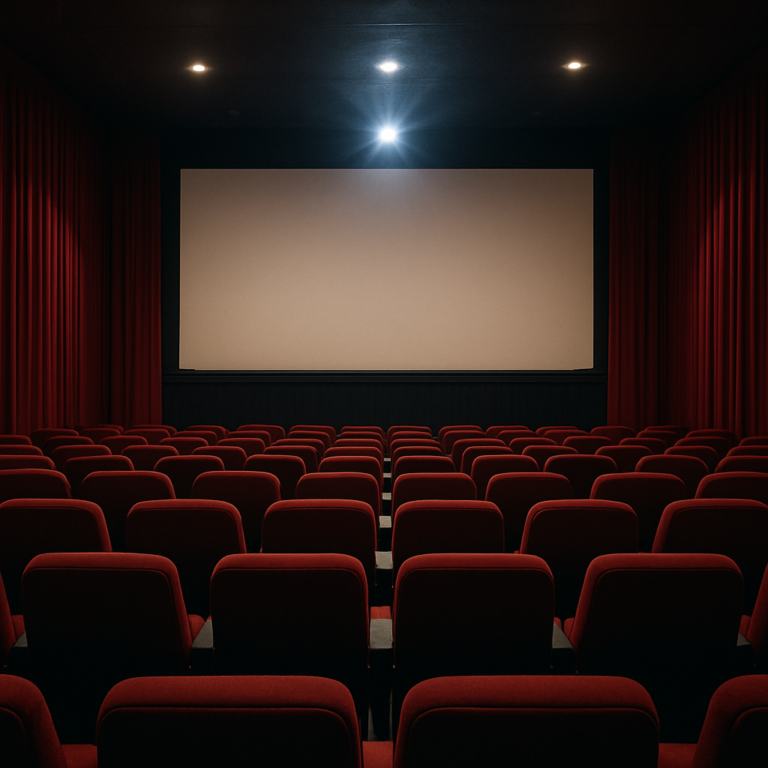Quentin Tarantino is undoubtedly one of the most iconic and influential filmmakers of our time. His unique style of storytelling and striking visual aesthetics have captivated audiences for decades. But what truly sets Tarantino’s films apart is his masterful use of cultural references. From pop culture to classic cinema, Tarantino seamlessly weaves in references that not only add depth to his stories but also serve as a reflection of his own love for cinema.
In this article, we will take a closer look at the analysis of cultural references in Quentin Tarantino’s films and how they contribute to the overall impact of his work.
Tarantino’s Films: A Cultural Kaleidoscope
Before diving into the details of Tarantino’s use of cultural references, it is important to understand the context in which his films are set. Most of his works are set in the late 20th century, particularly the 1960s and 70s, a time that was characterized by a cultural revolution and significant changes in American society.
Tarantino’s films not only pay homage to this era but also reflect his own formative years growing up in Los Angeles. As a child, he was deeply immersed in pop culture and spent a lot of time watching movies and TV shows. This childhood obsession with pop culture is clearly reflected in his films, where he expertly blends elements from various cultural references to create his own unique cinematic universe.
Pop Culture References: A Signature Element
One of the most prominent aspects of Tarantino’s films is his use of pop culture references. In fact, it has become somewhat of a signature element in his work. From dialogue to music, he often incorporates references to popular songs, TV shows, and even commercials from the time period in which the film is set.
For example, in Pulp Fiction, we see characters referencing popular TV shows like “The Flintstones” and “Kung Fu” in their dialogue. This not only adds an element of humor but also serves as a commentary on the influence of pop culture in our lives.
Similarly, in Kill Bill, Tarantino pays homage to 70s martial arts films by incorporating iconic fight scenes and music from the genre. This not only adds to the film’s aesthetic but also serves as a nod to Tarantino’s love for these films.
Homages to Classic Cinema
Aside from pop culture, Tarantino also draws heavily from classic cinema in his films. This is particularly evident in his use of music. His soundtracks often feature tracks from classic films, such as “Misirlou” from the 1962 film “Killing at Corinth” in Pulp Fiction, or “Girl, You’ll Be a Woman Soon” from the 1967 film “The Love Witch” in Kill Bill.
But it’s not just music where Tarantino pays homage to classic cinema. In his film Inglourious Basterds, he references the 1942 film Casablanca, with a scene that takes place in a movie theater showing the film. This not only adds to the historical accuracy of the film but also serves as a commentary on the power of cinema to shape our perception of events.
Subverting Cultural Stereotypes
One aspect of Tarantino’s films that has been heavily criticized is his use of racial and cultural stereotypes. However, upon closer analysis, it becomes clear that he often subverts these stereotypes rather than perpetuating them.
In his film Django Unchained, Tarantino portrays a slave-turned-bounty hunter who seeks revenge against his white oppressors. This subversion of the traditional “white savior” narrative challenges societal perceptions of race and power dynamics.
Similarly, in The Hateful Eight, Tarantino presents a diverse group of characters who are united by their greed and moral ambiguity rather than their race or gender. By doing so, he breaks away from the traditional stereotypes of certain groups and presents them as multifaceted individuals.
Conclusion
Quentin Tarantino’s unparalleled use of cultural references in his films has not only solidified his place in cinema history but also sets him apart as a true auteur. His ability to seamlessly weave in elements from various cultural influences not only adds depth to his storytelling but also serves as a reflection of his own love for cinema.
From pop culture to classic cinema, Tarantino’s films are a cultural kaleidoscope that captivates and challenges audiences. And as he continues to push boundaries and break conventions, it is certain that his use of cultural references will remain a defining element of his work.

